Home>Technology>Home Entertainment Systems>What Are Television And Radio?
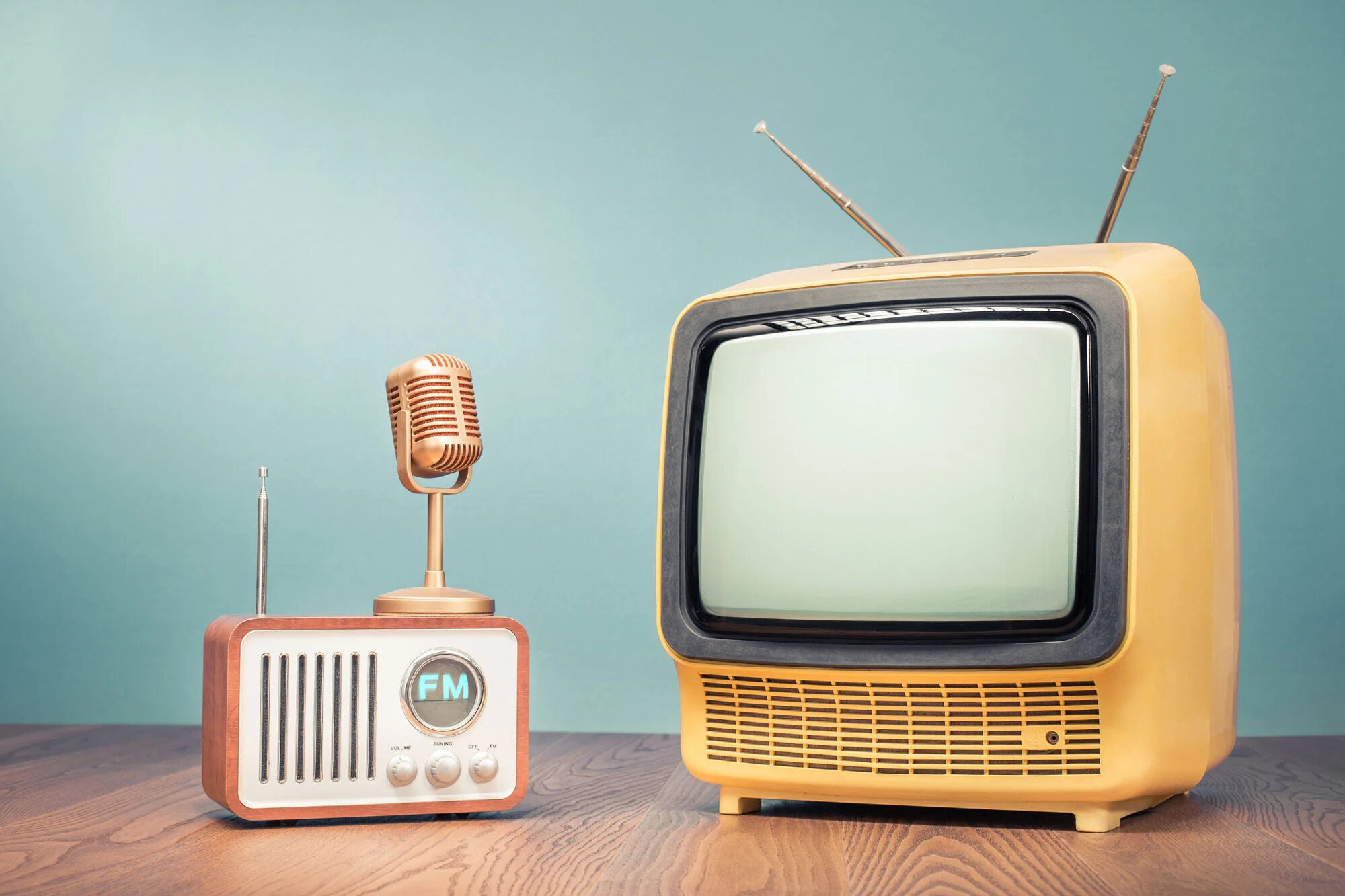

Home Entertainment Systems
What Are Television And Radio?
Modified: January 9, 2024
Discover the latest in home entertainment systems with our comprehensive guide to television and radio. Explore the best options for your viewing and listening pleasure.
(Many of the links in this article redirect to a specific reviewed product. Your purchase of these products through affiliate links helps to generate commission for Storables.com, at no extra cost. Learn more)
Introduction
Television and radio have long been integral parts of our lives, shaping our entertainment, news consumption, and cultural experiences. These two mediums have significantly evolved over the years, adapting to technological advancements and societal changes. In this article, we will delve into the definition, history, technology, functionality, and impact of television and radio, shedding light on their enduring relevance in the modern world.
Television, with its captivating visuals and immersive storytelling, has become a staple in households worldwide. On the other hand, radio, with its distinctive auditory appeal, continues to be a trusted source of information and entertainment for millions of listeners. Understanding the nuances of these mediums and their historical significance can provide valuable insights into the ways they have influenced society and continue to do so today. Let's embark on a journey through the evolution and impact of television and radio, exploring their multifaceted roles in our lives.
Key Takeaways:
- Television and radio have evolved from simple beginnings to become essential parts of our lives, shaping culture, providing information, and offering entertainment in diverse and impactful ways.
- The technological advancements in television and radio have transformed the way we consume content, blurring the lines between traditional broadcasting and digital media consumption, offering unprecedented flexibility and accessibility.
Read more: What Is The Time Duration For Which An Advertisement Plays On A Television Or Radio Station?
Definition of Television and Radio
Television, often referred to as TV, is a telecommunication system for transmitting and receiving moving images and sound. It is a widely used medium for entertainment, news, advertising, and education. Television sets, also known as TVs, typically consist of a display screen, speakers, and electronic circuitry to receive and process broadcast signals. The content aired on television encompasses a diverse range of genres, including dramas, comedies, documentaries, news programs, and sports events, catering to a broad spectrum of audience preferences.
Radio, on the other hand, is a technology that enables the transmission and reception of audio signals through the modulation of electromagnetic waves. Radio broadcasts encompass music, talk shows, news bulletins, and various forms of programming. Unlike television, radio relies solely on auditory stimulation, making it a versatile medium for reaching audiences across different demographics and geographical locations.
Both television and radio serve as platforms for advertising, enabling businesses to reach a wide audience and promote their products and services. Additionally, they play a crucial role in disseminating information during emergencies and serve as outlets for artistic expression and cultural preservation.
These mediums have adapted to the digital age, with television transitioning from analog to digital broadcasting and radio expanding its reach through online streaming and podcasting. The dynamic nature of television and radio continues to redefine the ways in which we consume content, stay informed, and engage with the world around us.
History of Television and Radio
The evolution of television and radio is a testament to human ingenuity and the relentless pursuit of technological advancement. The history of television can be traced back to the late 19th century, with the pioneering work of inventors and engineers such as Paul Nipkow, who developed the concept of the Nipkow disk, an early mechanical television system. Subsequent breakthroughs by innovators like John Logie Baird and Philo Farnsworth led to the development of electronic television, laying the foundation for the modern television sets that grace our living rooms today.
Radio, on the other hand, emerged as a revolutionary medium for mass communication in the early 20th century. The pioneering efforts of visionaries such as Guglielmo Marconi, who conducted the first successful transatlantic radio transmission in 1901, marked the dawn of wireless telegraphy. This laid the groundwork for the commercialization of radio broadcasting, which rapidly gained popularity as a source of news, entertainment, and music.
The mid-20th century witnessed significant milestones in the evolution of television, including the introduction of color broadcasting and the transition from analog to digital transmission. These advancements revolutionized the visual experience, enhancing the quality and realism of televised content. Similarly, radio underwent a transformation with the advent of FM broadcasting, which improved audio fidelity and expanded the range of available frequencies.
As technology continued to progress, the integration of television and radio with the internet and digital platforms ushered in a new era of on-demand content and interactive media. Streaming services, podcasts, and online radio stations have redefined the landscape of entertainment and information dissemination, offering unprecedented flexibility and accessibility to audiences worldwide.
The rich history of television and radio reflects their enduring relevance in a rapidly evolving media landscape. From humble beginnings to cutting-edge innovations, these mediums have continuously adapted to meet the changing needs and preferences of audiences, solidifying their status as indispensable pillars of modern communication and entertainment.
Television and radio are forms of mass media that provide entertainment, news, and information to a wide audience. They use different technologies to transmit audio and visual content to viewers and listeners.
Technology and Functionality
The technology behind television and radio has undergone remarkable advancements, reshaping the way content is produced, transmitted, and consumed. Television technology has evolved from cathode ray tube (CRT) displays to flat-panel technologies such as liquid crystal display (LCD), plasma, and light-emitting diode (LED) screens. These innovations have led to higher resolution, enhanced color reproduction, and sleeker, more energy-efficient designs, offering viewers an immersive visual experience.
Furthermore, the integration of smart TV capabilities has revolutionized television functionality, allowing users to access streaming services, browse the internet, and interact with a wide array of applications and content. Smart TVs have blurred the lines between traditional broadcast television and online media, providing viewers with unprecedented flexibility and control over their viewing preferences.
Radio technology has also seen significant advancements, particularly with the transition from analog to digital broadcasting. Digital radio formats, such as HD Radio and Digital Audio Broadcasting (DAB), offer improved sound quality, robust signal reception, and the potential for multicasting, where a single station can transmit multiple channels of content simultaneously. Additionally, the advent of internet radio and podcasting has expanded the reach of radio programming, enabling listeners to access a diverse range of content from around the globe.
Both television and radio have embraced interactive features, enabling viewers and listeners to engage with content in new and immersive ways. Smart TVs support interactive applications, gaming, and social media integration, enhancing the overall entertainment experience. Similarly, radio stations have leveraged digital platforms to facilitate audience interaction through live polls, on-demand content, and social media engagement, fostering a sense of community among listeners.
As technology continues to evolve, the convergence of television and radio with other digital media platforms has given rise to a multifaceted entertainment ecosystem. Streaming services, on-demand content, and personalized recommendations have become integral components of the television and radio experience, catering to the diverse preferences of modern audiences.
These technological advancements have not only enhanced the functionality of television and radio but have also transformed the way we engage with content, blurring the boundaries between traditional broadcasting and digital media consumption.
Impact on Society
Television and radio have exerted a profound influence on society, shaping cultural norms, disseminating information, and serving as catalysts for social change. The pervasive nature of these mediums has contributed to their significant impact on individuals, communities, and the broader fabric of society.
Television, as a visual medium, has played a pivotal role in shaping popular culture and collective memory. Iconic television programs, from classic sitcoms to groundbreaking dramas, have not only entertained audiences but have also provided a lens through which societal issues and values are reflected and critiqued. Television has the power to spark conversations, challenge perceptions, and foster empathy by portraying diverse experiences and perspectives.
Moreover, television has been instrumental in shaping public discourse and political awareness. News broadcasts, documentaries, and investigative journalism have served as vital sources of information, enabling viewers to stay informed about local and global events. Television coverage of historical milestones, such as the moon landing and the fall of the Berlin Wall, has left an indelible mark on collective memory, uniting audiences in shared moments of awe and inspiration.
Similarly, radio has been a steadfast companion in the lives of millions, offering a sense of intimacy and connection through the airwaves. From providing a soundtrack to everyday routines to offering a platform for thought-provoking discussions, radio has woven itself into the fabric of society. Music radio, in particular, has been a unifying force, transcending cultural and linguistic barriers to evoke emotions and create shared experiences.
Furthermore, radio has been a lifeline during times of crisis, delivering crucial information and emergency updates to communities around the world. Its ability to reach remote and underserved areas has made radio an indispensable tool for disaster management and public safety communication.
Both television and radio have also played a central role in the advertising industry, shaping consumer behavior and driving economic activity. The power of visual and auditory storytelling has been harnessed to promote products, services, and social causes, influencing purchasing decisions and raising awareness about pressing issues.
As we navigate an increasingly interconnected world, the enduring impact of television and radio on society continues to evolve, reflecting the ever-changing dynamics of human interaction, cultural expression, and the dissemination of information.
Conclusion
The evolution of television and radio stands as a testament to the enduring power of human creativity and innovation. From their humble beginnings to their current status as indispensable pillars of modern communication and entertainment, these mediums have continually adapted to meet the evolving needs and preferences of audiences worldwide.
Television, with its captivating visuals and immersive storytelling, has become a ubiquitous presence in households, offering a diverse array of programming that entertains, informs, and inspires. The advent of smart TV technology and on-demand content has transformed the television landscape, providing viewers with unprecedented control over their viewing experiences.
Radio, with its distinctive auditory appeal, continues to be a trusted companion, offering a rich tapestry of music, news, and cultural programming. The transition to digital broadcasting and the integration of online platforms have expanded the reach of radio, ensuring its relevance in an increasingly digital world.
Both mediums have left an indelible mark on society, shaping cultural norms, fostering community engagement, and serving as vital sources of information and entertainment. The impact of television and radio extends beyond mere consumption, influencing public discourse, political awareness, and the collective memory of historical events.
As we embrace the digital age, the convergence of television and radio with online platforms has ushered in a new era of interactive and personalized content consumption. Streaming services, podcasts, and social media integration have redefined the ways in which audiences engage with media, blurring the boundaries between traditional broadcasting and digital entertainment.
Looking ahead, the future of television and radio holds exciting possibilities, driven by advancements in technology, content delivery, and audience engagement. As these mediums continue to adapt and innovate, their influence on society will undoubtedly endure, shaping our cultural landscape and enriching our collective experiences.
In essence, the journey of television and radio reflects the resilience and adaptability of human communication, illustrating how these mediums have transcended technological barriers to become enduring fixtures in our lives.
Frequently Asked Questions about What Are Television And Radio?
Was this page helpful?
At Storables.com, we guarantee accurate and reliable information. Our content, validated by Expert Board Contributors, is crafted following stringent Editorial Policies. We're committed to providing you with well-researched, expert-backed insights for all your informational needs.
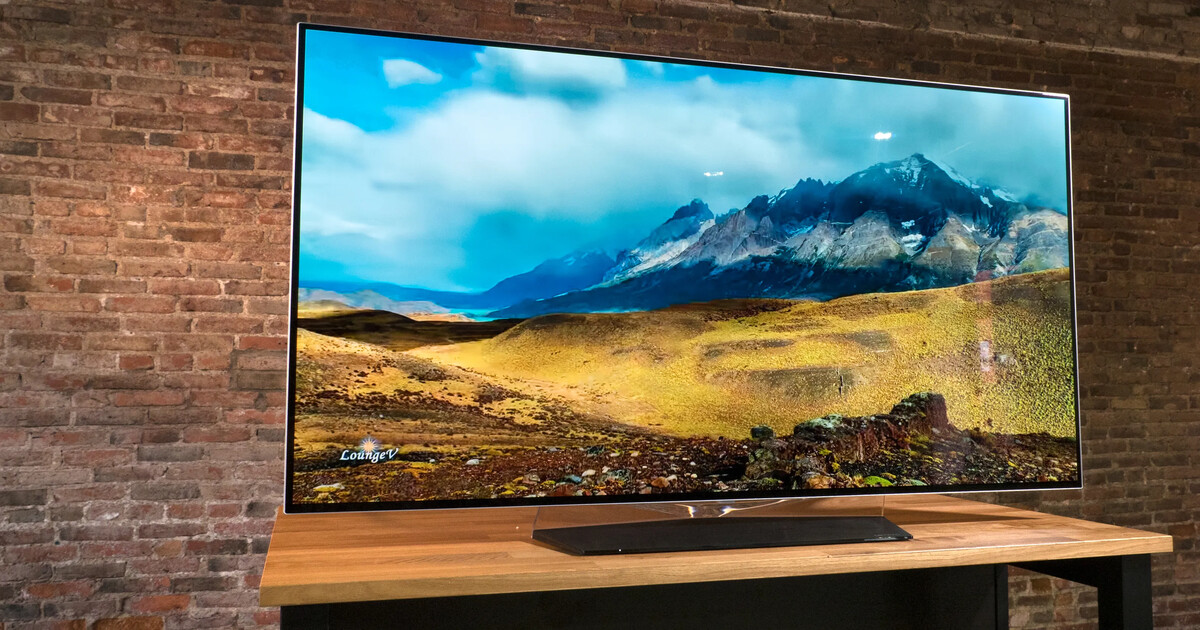

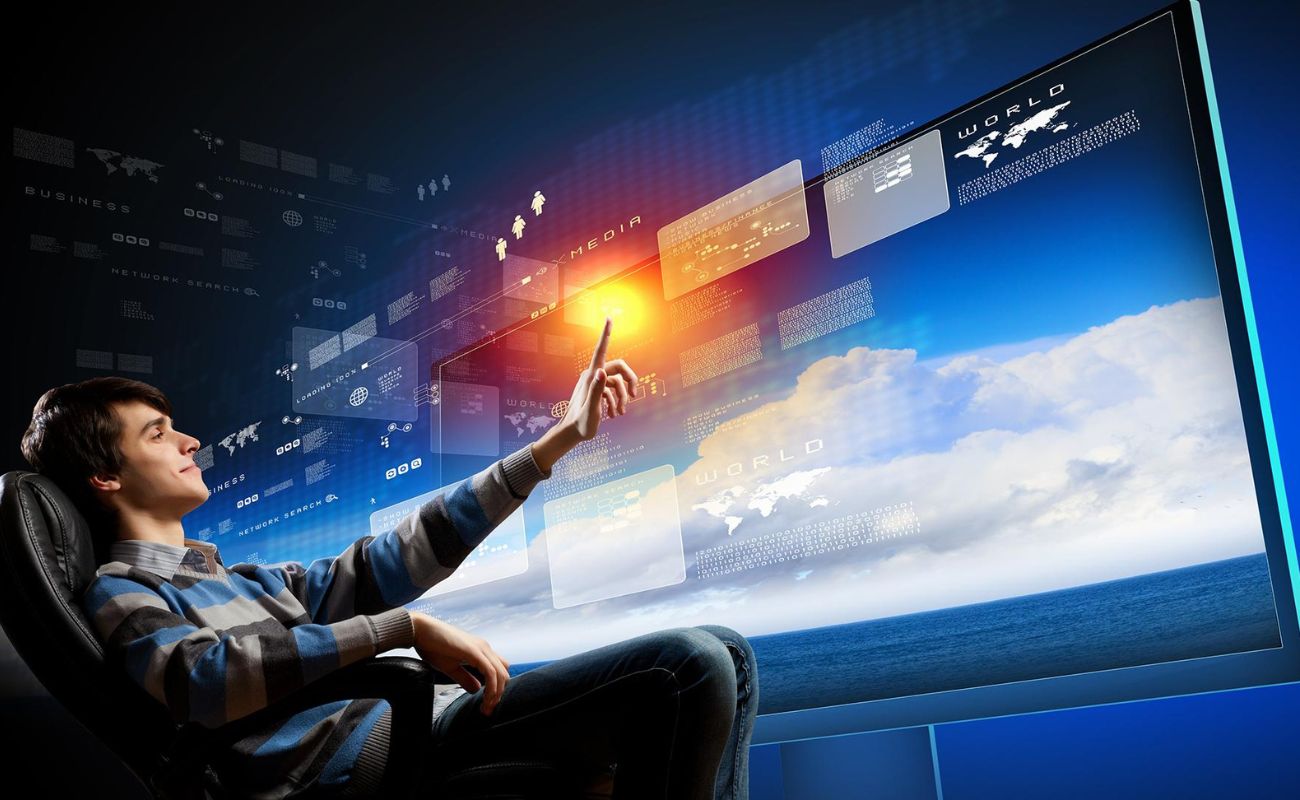


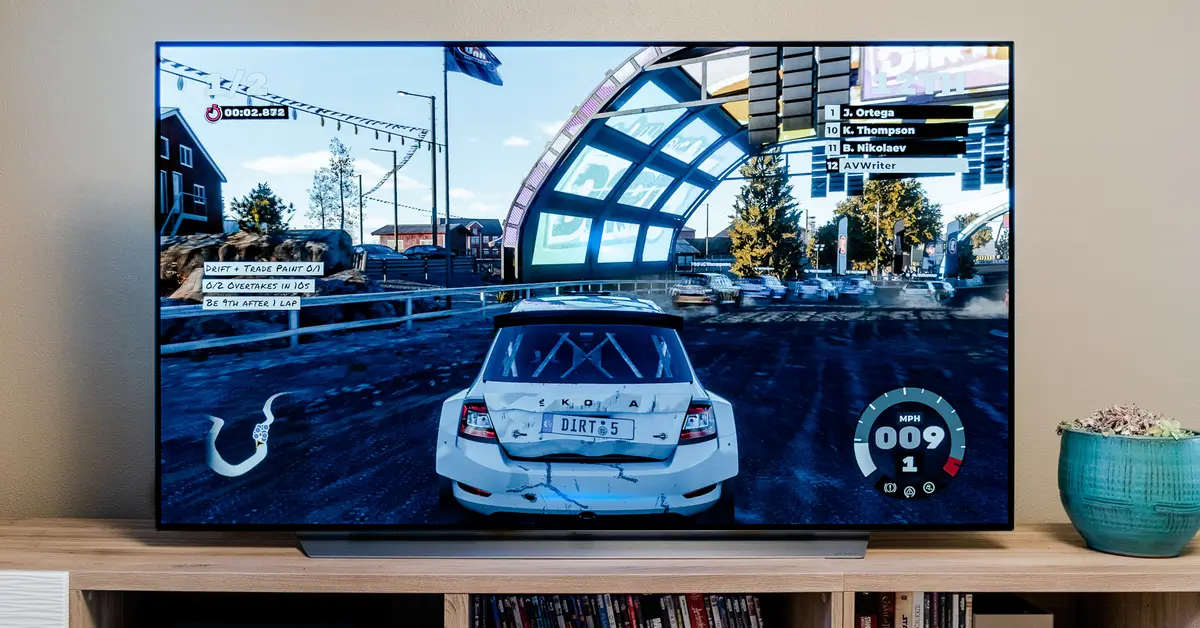

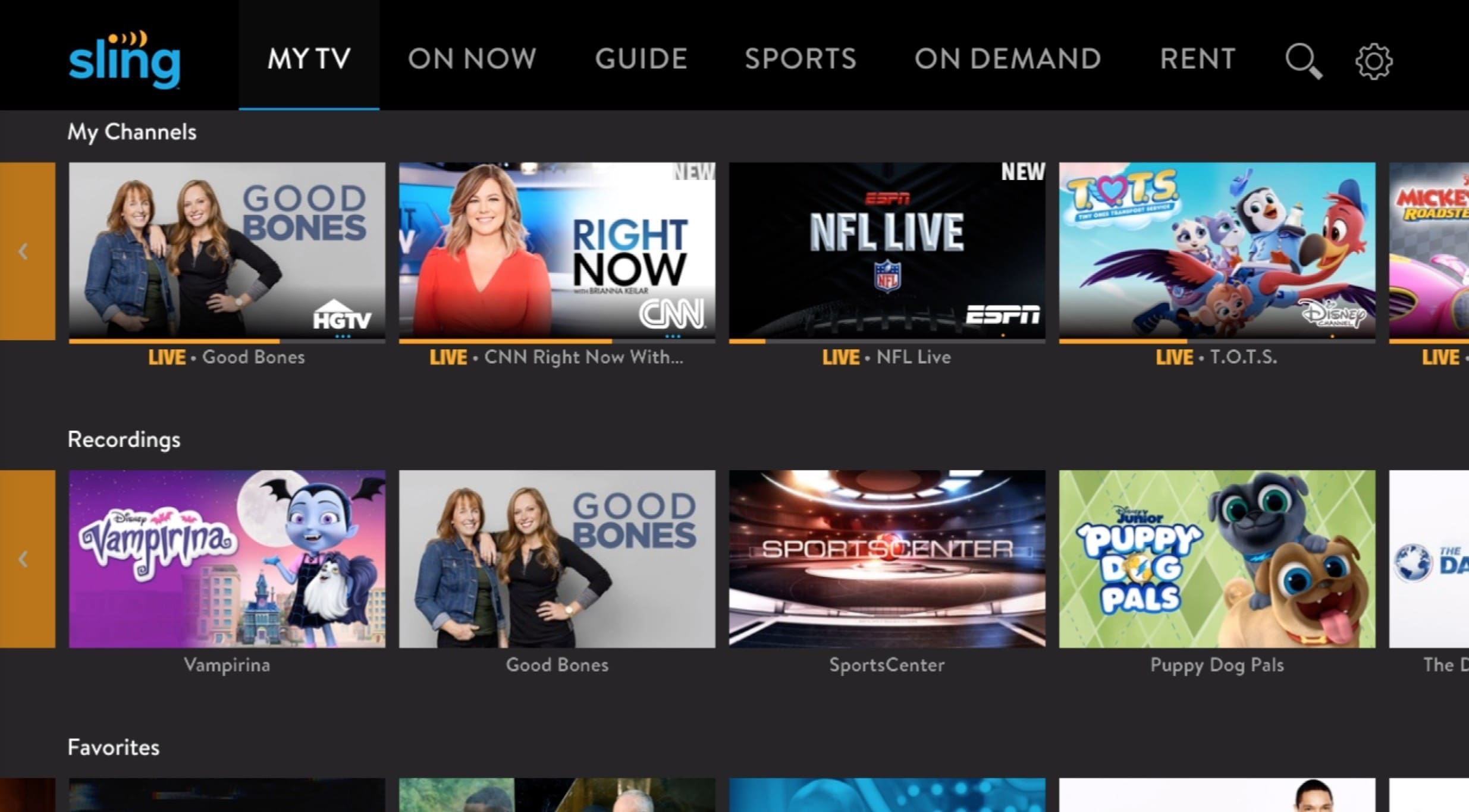

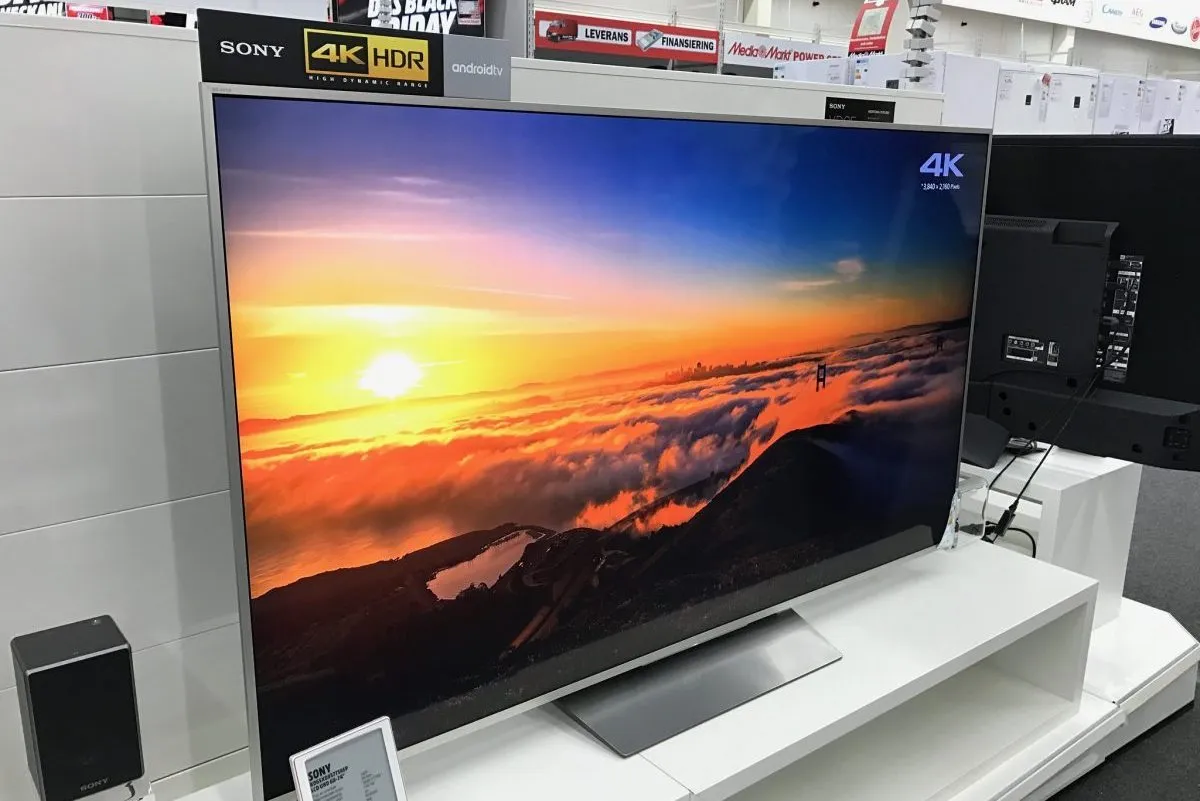
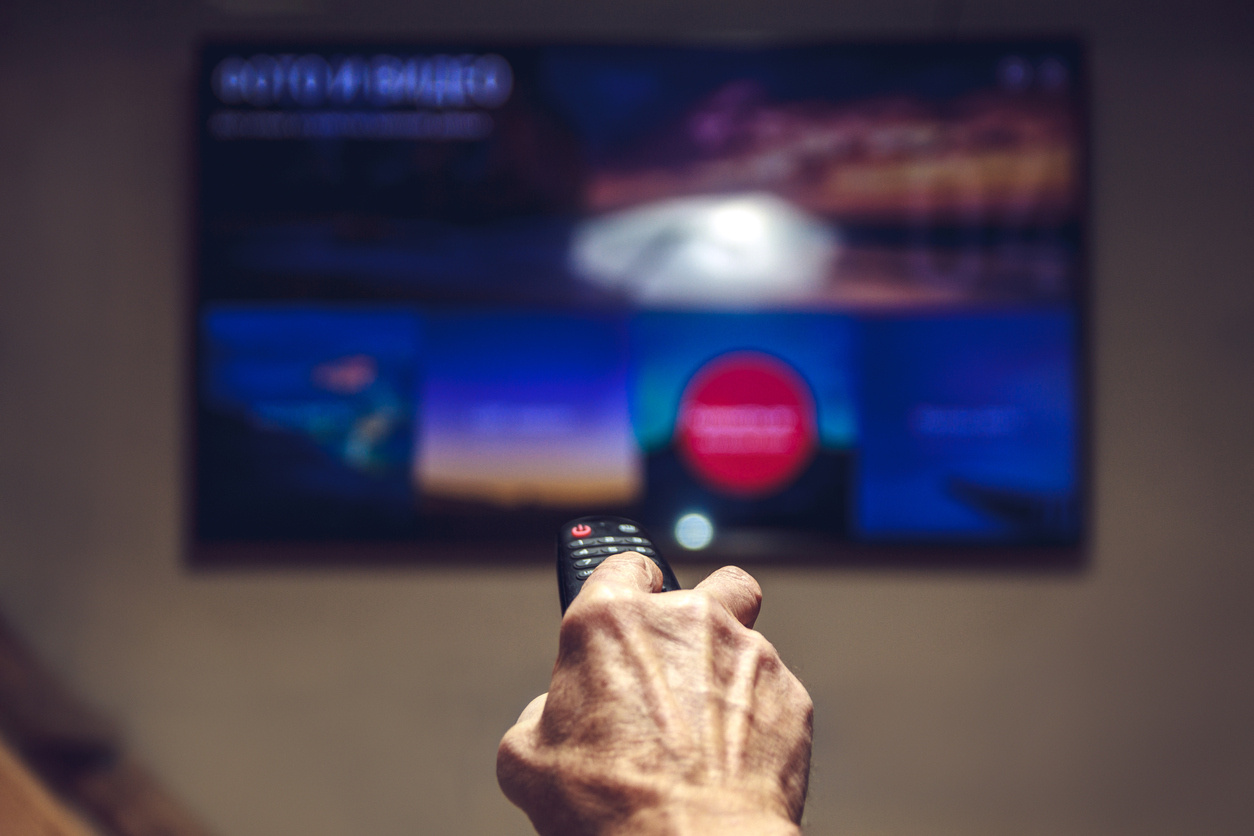
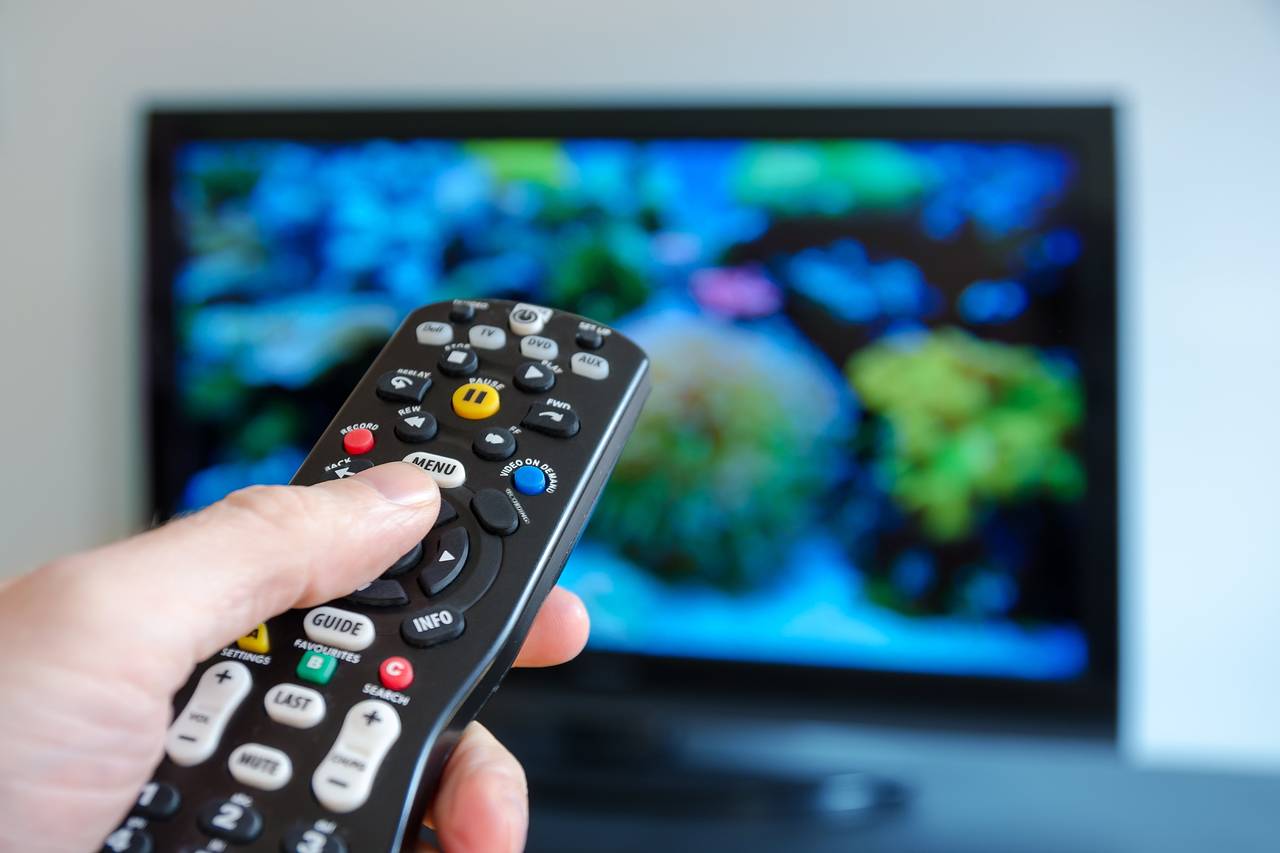



0 thoughts on “What Are Television And Radio?”